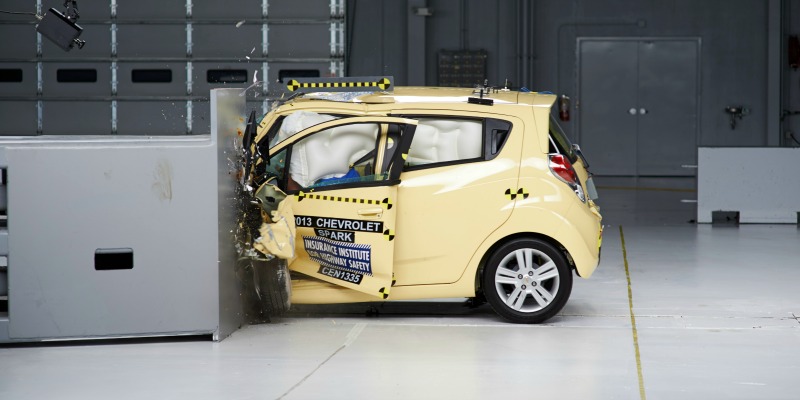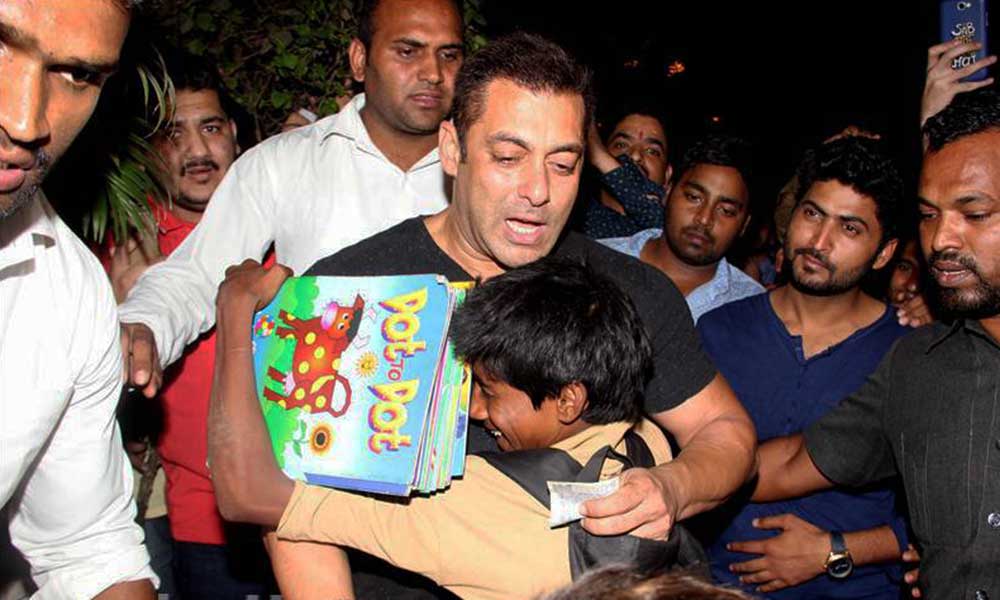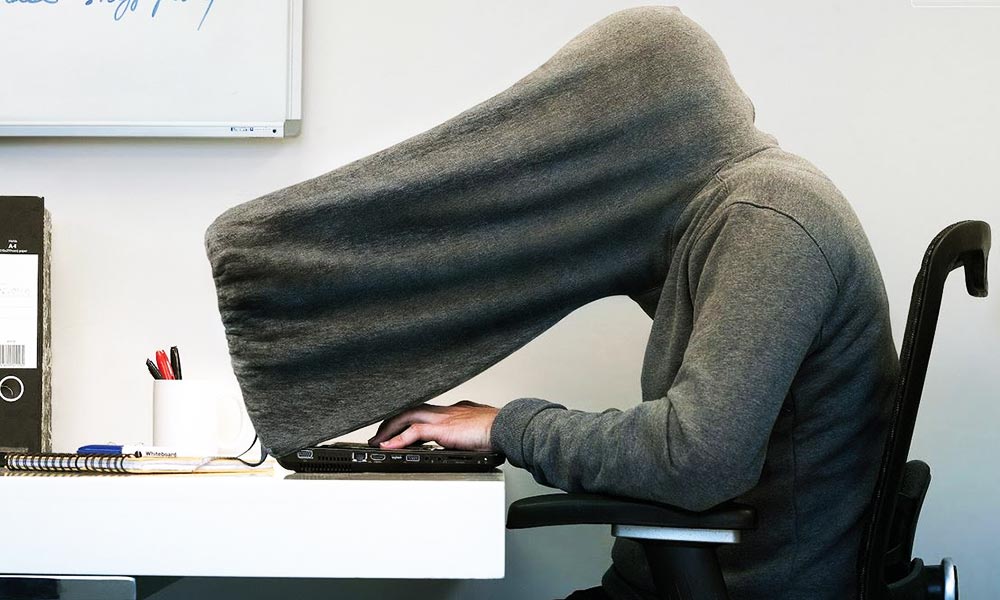Some years ago in the US, Saurabh Narain, a top banking executive, was hit by a distracted trucker. His BMW turned turtle, destroyed beyond repair. But he lived on. The reason: The array of safety features in his car.
Some years ago in the US, Saurabh Narain, a top banking executive, was hit by a distracted trucker. His BMW turned turtle, destroyed beyond repair. But he lived on. The reason: The array of safety features in his car.
Most of all, he owes his survival to the multiple airbags, all of which activated themselves in that split-second situation. While the police and the insurer took charge, Narain still made it for his lunch!
“I’ll always buy a BMW,” the otherwise exasperatingly frugal man once said, highlighting the potentially cataclysmic event in his life.
So, when one read a post-budget piece citing the redoubtable R.C. Bhargava, chairman of Maruti-Suzuki, that safety is a cost that India’s common man isn’t willing to bear, Narain’s experience came back in a flash.
For those who haven’t read Bhargava’s comments in original, they can be paraphrased as under:
* A base-level Maruti, even without additional safety features, is safer still than a two-wheeler.
* Therefore, loading a safety feature, other than seat belts that are mandatory, is a cost that the average car-owner can’t be saddled with.
* Indian cars are already approved by European standards.
* Loading them beyond it is an additional cost and should be left to the consumer.
* Even a Rs.20,000 price increase will leave a segment of consumers saddled with a two-wheeler.
“Fine, we will make safer cars. Then a large number of people will not be able to buy those expensive cars and will have to do with a two-wheeler. Which is safer for him?” Bhargava queried during the interview.
“Will his family be safer on a two-wheeler or a car that does not meet those high standards of safety? At whose cost will it be?” he went on to ask in the interview, based on which this column is pegged.
A counter to the legendary car-maker must start with a small disclaimer. Bhargava had taken this IANS columnist and his father on a test drive of Maruti back in 1979. And there’s never been a time we haven’t had at least one of what is undoubtedly India’s proudest manufacturing achievement in our driveway. Now the counter:
* First, even seat belts add to the cost of cars. Is there a case for making them optional?
* Next, with better and bigger cars and on better highways at that, collateral damage to Bhargava’s mango customer in his sans-airbags Maruti is potentially grimmer than it was a few years ago.
* Third, if the Hobson’s Choice between base Maruti versus, say, a Bajaj bike is pushed, should the bike-maker stop putting safety lamps and leg guards just so that the common people upgrade themselves from buying bicycles?
Of particular concern have been reports based on crash tests done by the Britain-based non-profit Global NCAP which promotes best practices in consumer-oriented, vehicle-safety initiatives.
The models tested were Maruti-Suzuki Alto 800, India’s best-selling car, Tata Nano, Ford Figo, Hyundai i10 and Volkswagen Polo. All of them were selected for testing the frontal impact at 64 km/hour and received zero-star adult protection ratings.
In other words, the tests on some of India’s most popular small cars, with a combined share of around 20 percent of all new cars sold in India last year, exhibited a high risk of life-threatening injuries in road crashes. Polo with bags, though, passed.
That said, the argument isn’t to saddle the entire onus of safety on the entry-level models made by Maruti, Hyundai, Mahindra and the Tata.
Three ideas:
* Maybe, the time has come for banks to align their marketing budgets with a car-maker like Bhargava and offer a small subvention of Rs.5,000-Rs.10,000 on small cars that have air bags.
* Similarly, rather than offer excise cuts to all fancy cars and utility vehicles, a case can be made in the next budget for a sweetener on entry-level models with air bags.
* Maruti being the largest maker of cars without airbags can take the lead and sit down with its large vendor base to sit down and help produce less-expensive bags.
These steps will insulate the car-maker, and the potential car-buyer, from enhanced costs. Combined with social marketing, this would also send out a deeper appreciation of the family’s safety.
I end with an anecdote involving Bhargava and Bajaj Auto’s Rahul Bajaj. In a mock courtroom show on TV, Bhargava had to judge Bajaj’s explanations on his company. His verdict was blunt: “The accused must ride his own scooters!”
Time, he did that for his own cars at the lower end!
IANS





